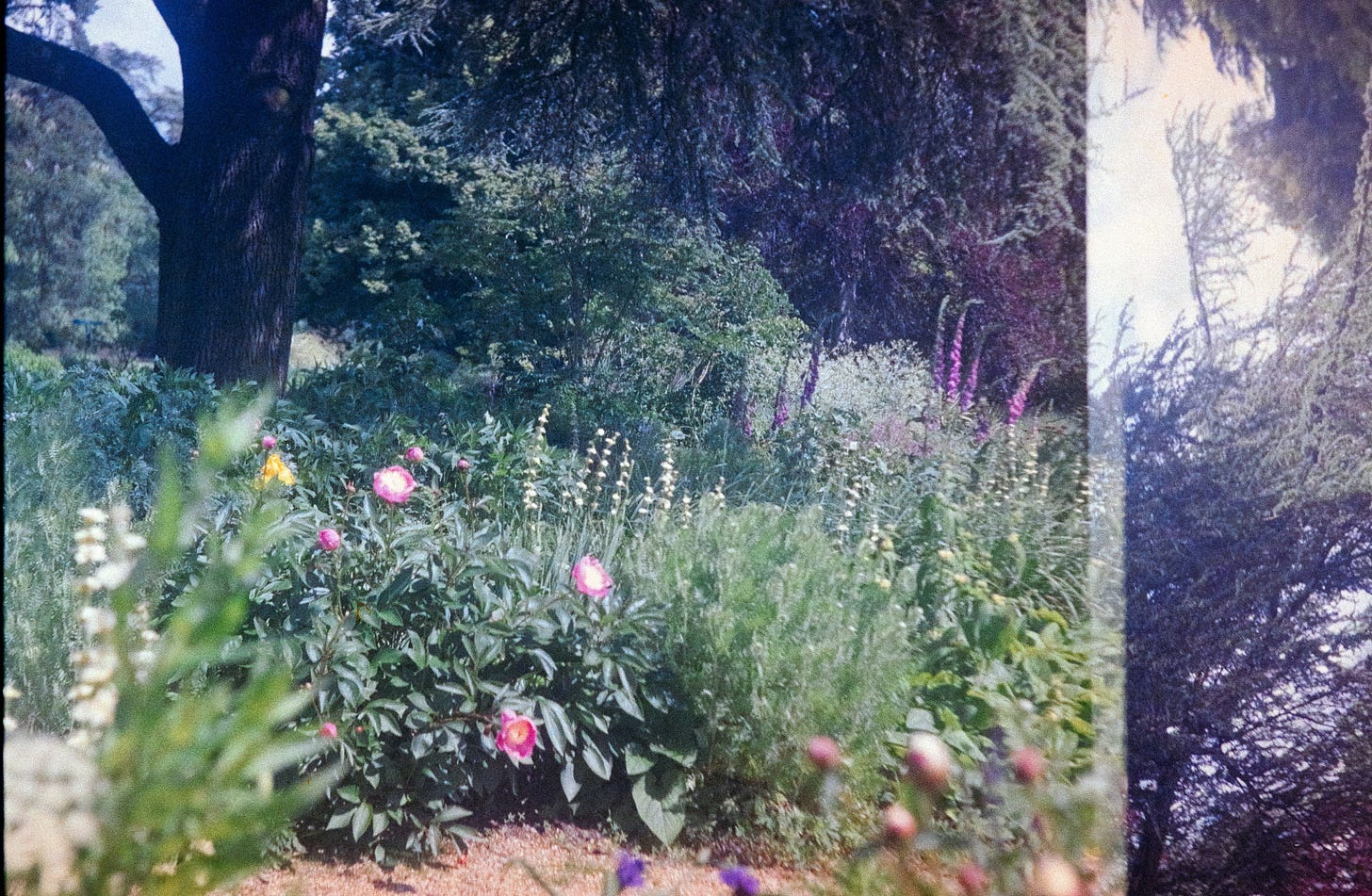Hi dears!
Here’s a conversation I had with
some time ago that I absolutely loved but didn’t get to share yet. We talked about disconnection: how and why it happens, and what we can actively do to come back into connection - with ourselves and the world.We also shared some moments of laughter and agreed the journey of healing doesn’t need to be all that serious—we can make it joyful and light.
You can listen or read below ✨
Disconnection as a universal human experience
We all know it. Some of us live with it daily, others only touch it in passing moments. For some, it feels like a dull emptiness. For others, it’s paralysing - a not-enoughness that lingers underneath every choice.
What struck me is how universal it is, and yet how differently it shows up for each of us. Two people can go through the same experience and come out with entirely different wounds. Some never even notice they’re disconnected at all—while others, like me, can’t not notice it.
Where disconnection begins
So often, it starts in childhood. A need wasn’t met, a moment wasn’t repaired, a parent wasn’t there—and in that small, unprocessed instant, we learned:
It’s not safe to be me.
Sometimes it’s abandonment, sometimes rejection, sometimes just the subtle sense of being “too much” or “not enough.” As children we don’t yet have the tools to make sense of it, so we turn it inward: Something must be wrong with me. That’s how disconnection is born.
And it doesn’t just cut us off from others. It cuts us from our own bodies, our emotions, our inner truth.
The paradox of knowing
What fascinates me is that even when we know where it comes from—even when we understand the psychology—the knowing itself doesn’t reconnect us. I can trace my patterns back to childhood. I can name the circumstances that made me close off. And yet, that doesn’t automatically bring me home.
What does?
Small, body-based steps. A breath. A touch. A conversation with my inner child. Choosing the people who can hold my authenticity, and letting go of those who can’t.
Connection is not an idea—it’s a practice.
The trap of solo healing and why we need the world
Here’s the irony: sometimes we turn practices into another form of disconnection. We journal, meditate, breathe, tick all the boxes…and end up living in devotion to the practice itself rather than to life.
I’ve done this myself—safe in my bubble, doing my rituals, feeling peaceful alone—only to step into the world and collapse back into old patterns the moment I’m triggered.
That’s when I remembered: the real playground is out there. Connection isn’t only what happens on the mat or the cushion. It’s what happens in real time, with real people, when we risk being seen.
Reparenting, Repair and Return
One of the most powerful stories Nicola shared was about an anxious night when her abandonment wound was triggered. Instead of spiralling, she turned inward and asked her inner child: What do you need? The answer was simple: Take me to the woods.
So she did. She imagined little Nicola running through the trees, laughing and clapping. In that moment, the anxiety dissolved. Because what had once gone unrepaired was finally met with presence.
That’s the essence of reconnection. Not grand gestures. Not endless analysis. But meeting ourselves—in the exact moment of need—with what we longed for all along.
Connection as a choice
Here’s the good news: as adults, we’re no longer stuck in those old environments. We can choose the people we surround ourselves with. We can choose to honour our voice rather than suppress it. We can choose to laugh more, soften more, risk more.
Reconnection is not about final arrival—it’s about returning, again and again. Sometimes with tears, sometimes with laughter, sometimes with both.
My takeaway
If you take anything from this conversation, let it be this: connection is your birthright. It’s not selfish to claim it. In fact, it’s one of the most generous acts you can offer the world. Because when you reconnect with yourself, you ripple that wholeness outward.
So next time you feel the pull to disconnect, pause. Ask yourself:
What do I need right now?
And then—no matter how small the answer—give it to yourself.
That’s how we melt the ice. That’s how we come home.













